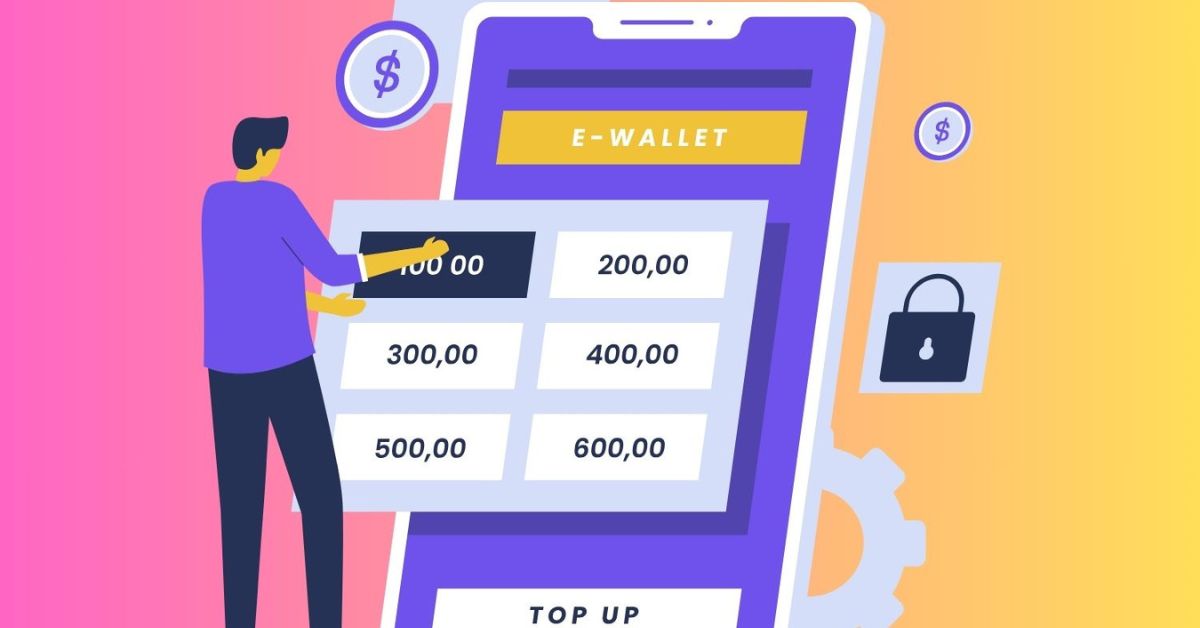Introduction
The financial industry is transforming digitally, and Open Banking APIs are central to this revolution. They enable secure and seamless data sharing between banks, fintech companies, and third-party providers, creating new opportunities for personalized financial services.
If you’re new to the concept of Open Banking APIs, this beginner’s guide will help you understand what they are, how they work, and why they matter in today’s financial landscape.
1. What Are Open Banking APIs?
An Application Programming Interface (API) is a set of rules and protocols that allows different software applications to communicate. In Open Banking, APIs enable banks to securely share financial data with authorized third-party providers (TPPs), such as fintech startups, payment processors, and budgeting apps.
Why Open Banking APIs Exist:
● To increase competition and innovation in financial services.
● To empower consumers with greater control over their financial data.
● To enable faster and more personalized banking experiences.
Open Banking APIs enable users to securely connect their bank accounts to third-party apps and services, making banking more accessible and efficient.
2. How Do Open Banking APIs Work?
Open Banking APIs involve several key steps to ensure security, transparency, and user consent.
Step-by-Step Process:
User Consent – Customers must authorize third-party apps to access their banking data.
API Request – The authorized app sends a request to the bank’s API for specific financial data.
Data Encryption & Authentication – The bank verifies the request using secure authentication methods such as OAuth or biometric security.
Data Sharing – The bank securely sends only the requested data to the third-party app.
Service Execution – The third-party app processes the data to offer personalized financial insights, payments, or other services.
Example: A budgeting app like YNAB or Mint can use Open Banking APIs to sync with your bank account and provide real-time expense tracking.
3. Benefits of Open Banking APIs
Open Banking APIs offer a range of benefits for consumers, businesses, and financial institutions.
For Consumers:
Greater Financial Control – Users can access multiple financial accounts in one app.
Improved Budgeting & Spending Insights – Automated tracking of income and expenses.
Faster Payments – Secure, real-time transactions without relying on traditional payment methods.
For Businesses & Fintechs:
Enhanced Customer Experience – Provides seamless digital banking solutions.
Innovative Financial Services – Enables fintech companies to create new banking and payment tools.
Cost Reduction – Reduces reliance on outdated banking systems.
4. The Future of Open Banking APIs
As Open Banking evolves, we can expect:
More personalized financial services powered by AI.
Expansion beyond banking, including insurance and investment management.
Stronger security measures with biometrics and blockchain integration.
Conclusion
Open Banking APIs are reshaping the financial industry. They give consumers more control over their financial data and drive innovation in banking services. Whether you’re a consumer looking for more innovative financial tools or a business developing fintech solutions, Open Banking APIs provide the foundation for a more efficient and personalized financial future.
#OpenBanking #APIs #Fintech #DigitalBanking #FinancialInnovation
Categories



